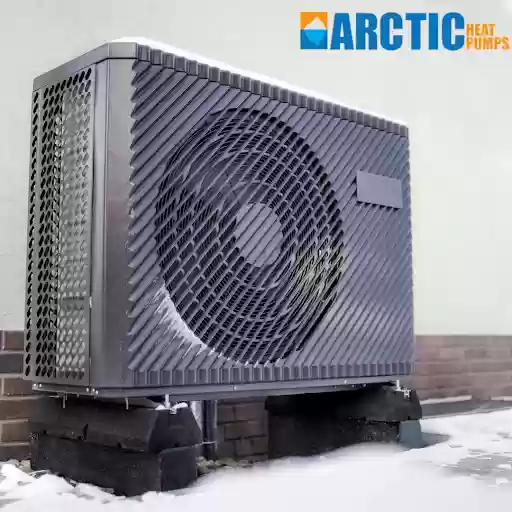Air to Water Heat Pumps have gained attention for their ability to deliver heating and cooling while cutting energy use. But in freezing climates, not all heat pumps perform equally. Some struggle in low temperatures, while others keep homes warm—even when the thermometer drops to –30 °C. What makes the difference?

The Challenge of Cold-Climate Operation
Standard air-source heat pumps rely on outdoor air to extract heat. As temperatures fall, there’s less thermal energy available, and many systems lose efficiency. At –10 °C or –15 °C, typical models may begin to fail or require backup heat sources.
This is where high-performance systems like those offered by Arctic Heat Pumps stand apart. These units don’t just survive cold—they function at peak performance in it.
Key Design Features That Make It Possible
EVI Compressor Technology
Arctic Heat Pumps use Enhanced Vapor Injection (EVI) compressors. This design allows for additional refrigerant to be injected during the compression cycle, increasing heating output in extreme cold. It keeps pressure and temperature in balance, improving capacity and efficiency well below freezing.
High-Capacity Heat Exchangers
In extreme cold, the efficiency of heat transfer becomes critical. Arctic units feature oversized, brazed plate heat exchangers, which maintain strong performance even when external temperatures plummet. These heat exchangers allow more surface contact for thermal exchange, delivering higher BTU output.
Intelligent Defrost Control
Frost buildup can sabotage heat pump operation quickly in sub-zero environments. Arctic’s systems feature smart freeze-cycle logic and defrost control. By carefully managing coil temperatures and cycling patterns, the system prevents icing and maintains consistent output.
Cold-Climate Rated Components
Every part of the system, from expansion valves to fans and sensors, is rated for cold-weather use. Arctic Heat Pumps are engineered with durability in mind, tested and optimized for climates that experience –25 °C to –35 °C during winter.
Year-Round Hydronic Heating and Cooling
These systems aren't limited to heating. With the right design, they also deliver in-floor cooling, pool heating, and even domestic hot water. This makes them a versatile solution for cold-climate homes that need reliable, efficient performance throughout the year.
Homeowners in Canada, the northern U.S., and similar regions benefit not only from reliable heat but also significant energy savings compared to traditional systems like oil boilers or resistance heaters.
Why Climate-Specific Design Matters
Installing a heat pump not made for cold conditions can lead to poor performance, higher energy bills, and system failures. Choosing one engineered for sub-zero operation is essential for both comfort and efficiency. Arctic Heat Pumps provide a tested solution for climates where others fall short.
Explore Cold-Climate Options That Work
If you live in a region where winter temperatures drop below –20 °C, standard heat pump models might not meet your needs. Arctic Heat Pumps offers a complete lineup of air to water systems built for real winter conditions.


- -25C heat pump
- air source heat pump
- chiller for pools
- Chillers for Swimming Pools
- cold weather heat pumps
- Heat Load Design
- Heat Load Design
- Heat Loss Design Services
- Heat Pump
- Heat Pump Cold Weather
- Heat Pump for Hot Water
- Heat Pumps
- heat pumps in Nova Scotia
- Hydronic Air Handler
- Inverter Heat Pump
- Inverter Heat Pump
- radiant floor cooling
- radiant floor Design
- radiant floor Design
- radiant floor Design
- Spa Heat Pump
- Swimming Pools